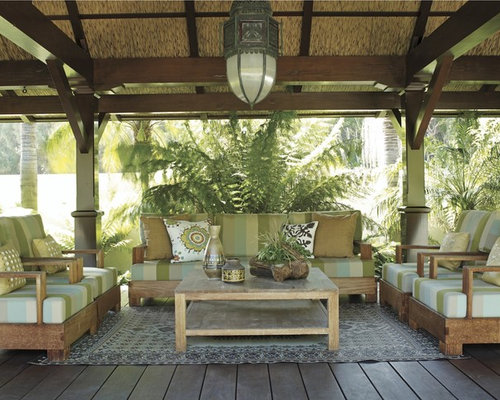Table Of Content

Movement can guide the viewer to focal areas or create the look or feeling of action. This photo of a European robin demonstrates emphasis though the contrast of subject and background. The bird is sharply in focus revealing it's morphological traits whereas the background is blurred into soft patches of color which allows the viewer to focus solely on the bird.

The Essential Elements of Design: A Comprehensive Guide
Color is one of the most powerful and expressive elements in design. The color wheel serves as a guide for understanding the relationships between colors, such as complementary, analogous, and monochromatic schemes. Skillful use of color can reinforce the overall theme of a design, create focal points, and establish visual hierarchy.
The Seven Simple Principles of Conversion Centred Design (CCD) and How to Use Them
They are opposite colors and are located directly across from each other on the color wheel. Hue is a term used to describe a wavelength of light in the color spectrum combined with red, green, and blue, the primary colors. A given color might be saturated brightly or dimly or light or dark on the spectrum. You can feel the wall's well-defined edges and rough texture when you touch it. Designers pay attention to their line when designing because they know it can create visual interest.
Quintessenza vertical elements
In their natural forms, patterns express themselves everywhere we look. From consistencies in situations to the way, nature creates beautiful mosaics on the sand and barks of trees. This principle of design is called a pattern, and it helps keep the consistency of movement, repetition, and rhythm to create a lasting impact on customers who encounter your product.
Attract Attention with Shapes
After finishing your design, the colors won’t change once you post them online for people to view on screen. It’s sometimes interchangeably used with another design element – shape, however, they’re slightly different. The form is mostly 3D and more realistic, while the shape is two-dimensional and flat. So, what are the main elements that you need to know before starting to work on your blank canvas? Check out these seven basic elements of design that can take your work to another level. The quality of line in itself contributes to the mood of the work, and for the master artist, the quality of line is a fundamental expression of his/her style.
Principles of Art and Design
The way a viewer’s eye travels over the design, the way they “read” it, is told by movement. These days, using patterns and repetition of the same elements is trendy both for print and fashion. Emphasis highlights the most important element and makes your audience concentrate on the focal point of your design. Negative space makes the elements stand out and makes them easier for the spectator to recognize.
The 10 Essential Elements of Design - MIT Technology Review
The 10 Essential Elements of Design.
Posted: Fri, 29 Apr 2011 07:00:00 GMT [source]
Anastasia worked in management consulting and tech startups, so she has lots of experience in helping professionals choosing the right business software. Artists can use different color values to show increased mass and volume in their work. A change in an object's brightness or darkness causes a change in its value.
Repetition: Strengthening Unity
Don’t forget to follow this series on the principles of design to learn how to successfully arrange the basic elements of design we learn today. Color is a powerful design element that can evoke emotions, set moods, and communicate messages. Different color schemes can influence the way people perceive a design and elicit specific responses. Designers must consider the psychological impact of colors to achieve the desired effect and reinforce the overall theme of the composition.
The 7 Elements of Graphic Design, and How to Apply Them This Year
Send them this quick test & see where their skills stand among 300K+ designers worldwide. Learn to master typography and create designs that are both readable and aesthetic. Secondly, it's the art and process of arranging text to make it readable and legible to meet print or digital design needs. Many also believe that form is a shape that acquires three-dimensional values, but the correct term is volume. A beautiful design is a mix of imagination and planning, so plan your design, let your creativity fly, and if necessary, later distort the rules slightly with class and confidence to create harmony.
One of the hallmarks of Frank Lloyd Wright's architectural style is its use of strong horizontal elements which stress the relationship of the structure to the land. Gestalt is the fundamental tool the designer or artist uses to build a coherent composition. The example of a student self-portrait seen on the left demonstrates how images may be built from points, with the variations in density producing the illusion of form. Contrast refers to the juxtaposition of elements that strongly differ (big vs. small, light vs. dark, etc.) to create visual interest or draw attention to particular elements. Watch out for a more detailed discussion of this topic in our upcoming posts.
Proximity provides a focal point, which is the center of interest or activity. Direction is an element of design that establishes the general mood and atmosphere. In design, shapes can be created when you are combining all other elements or they can be combined to create icons or symbols for your design project. With a simple drawing a line is regarded as just a mere stroke of a pen, but in the field or study of design, a line connects any two points. Lines are effectively used in separating or creating a space between other elements or to provide a central focus.

No comments:
Post a Comment